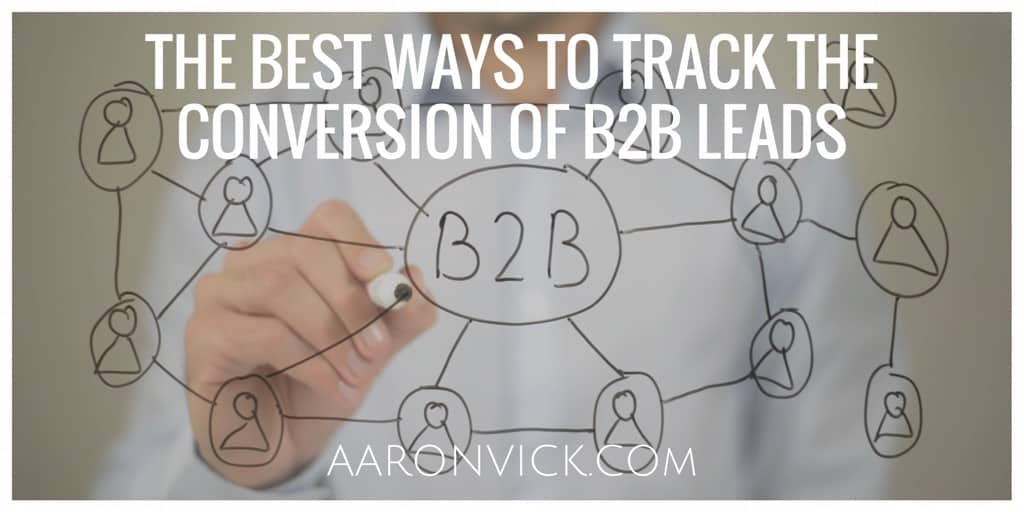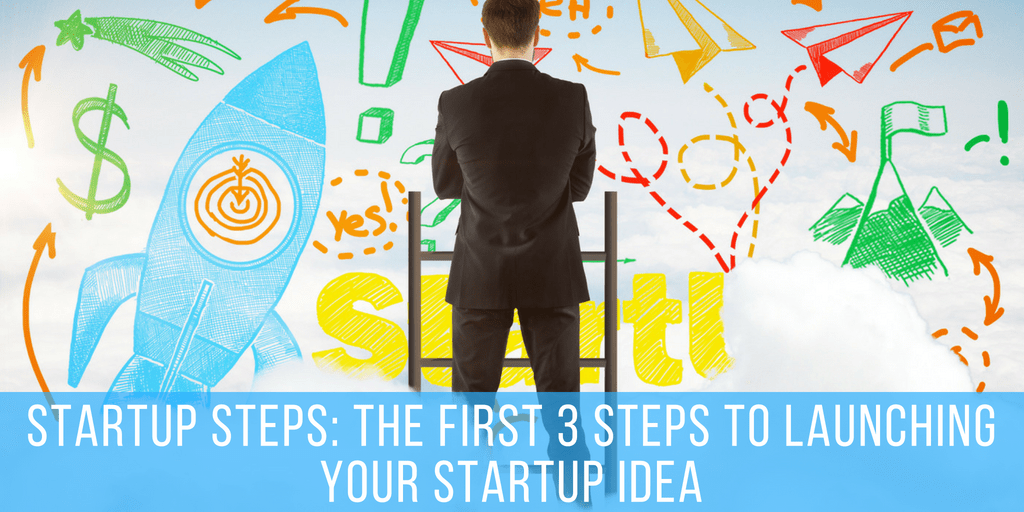The Best Ways to Track the Conversion of B2B Leads
Tracking conversion rates is key to keeping tabs on your business’ financial health. Here are the absolute best ways to track the rates of B2B leads.
You already know how to generate B2B leads. How do you know if the leads you’re working hard to generate turn into paying customers?
Hubspot recently did a study and found that only 23% of businesses are meeting or exceeding revenue targets.
Of the companies that don’t hit their monthly numbers, 74% aren’t tracking important metrics that can help them identify their conversion rates.
Notice a pattern?
The bottom line is that you want to be able to track which leads are converting and how they enter your sales funnel.
I created this guide to help you find the best ways to track B2B leads conversions.
Let’s get started.
What Are the Best Metrics to Track Conversions For B2B Leads?
Tracking lead conversions can be tricky. If it were that easy, more than 23% of businesses would be tracking better.
It doesn’t have to be daunting. Let’s start with the most important metrics to track.
Lead origin: Where did your lead originate? Finding this information could be as simple as asking “How did you find us?” for offline leads, to tracking your website analytics to see how people are entering your sales funnel.
This will tell you what marketing channels are working and what aren’t. With that information, you can ditch the channels that aren’t working and invest more into the ones that are.
Marketing Qualified Lead (MQL): Only 15% of leads generated are ready to buy now. Out of the leads that are generated, how many are qualified? MQL is someone who is interested, but they will be with a little lead nurturing. They may have filled in their complete contact information on a form.
Conversion Rate: This may seem painfully obvious considering that this is an article about lead conversions, but most businesses fail to track the conversion rate. To track your conversion rate, divide the number of sales by the number of leads and multiply by 100.
Yes, there are dozens of different KPIs to track. These are the most important in tracking conversions of B2B leads.
Using Lifecycle Stage Marketing to Track B2B Leads
One method that I recommend B2B organizations implement is lifecycle stage marketing. We already know that only 15% of leads are ready to buy now. We need to determine the steps to get them from lead to conversion.
The lifecycle stages are different for every business. These are the general stages.
- Subscriber: Someone who subscribes to your blog or your email list.
- Lead: They’ve shown interest in one of your offers.
- MQL: Interested, but not ready to buy now.
- Sales Qualified lead (SQL): They are ready to buy. They signed up for a product demonstration or agreed to a sales call.
- Proposal: There’s a proposal in the hands of the customer pending a decision.
- Customer: There’s a deal in place and the prospect is a customer.
- Evangelist: The customer loves your company so much, they’re telling everyone they know.
You can assign Lifecycle stages to prospects in your CRM and track which lifecycle stage has a high conversion rate.
One other advantage to having a customer lifecycle setup is to see how long it takes for a prospect to move through the lifecycle and become a customer.
Hook Up Google Analytics
Do you have Google Analytics set up on your website? If you do, are you taking full advantage of its features?
To utilize Google Analytics, you’re going to want to define your goal. This could be as simple as someone downloading a piece of information or scheduling an appointment.
You can then access the Goal Flow Report, which will give you a visual representation of how prospects are using your website to get to the goal. It also tracks where people are dropping off in the process.
By having Google Analytics set up properly, you can track your entire online sales funnel easily.
Tracking Attribution
In the simplest terms, attribution is tracking where your leads and customers came from and when. At its most complex, attribution is the process where you assign a dollar value to customer touchpoints in the sales cycle.
If your funnel is set up so you know where your leads came from and when tracking attribution of your B2B leads may be easier than you think.
The first step in assigning attribution is to decide what step in the customer lifecycle has the most value. Is it the moment they become a lead? It could be when they schedule an appointment. You could decide to
For example, let’s say you have a subscriber who eventually became a customer with a $10,000 sale. You can decide that the entire sale is attributed to the subscriber part of the sales cycle, putting a $10,000 value on each subscriber.
That’s not a realistic way to attribute value since not all subscribers are ready to buy.
You can assign value according to the most important stages in the customer lifecycle. a third of the value at the lead stage, a third of the value at the proposal stage, and a third of the value at the proposal stage.
One final option is to attribute the value of the sale to each part of the sales lifecycle, thus dividing the value of the sale by each step of the sales process.
Not only do you want to track the value of the sales cycle, you want to track the marketing channels used to get the customers into your funnel.
Having Google Analytics set up properly will help track where your customers entered your sales funnel, be it from LinkedIn, AdWords, or through search terms.
Tracking Conversions of B2B Leads Is Worth It
It’s very easy to get overwhelmed tracking the conversion of B2B leads. While there’s a lot to think about, statistics show that tracking conversions can mean the difference between hitting revenue targets and missing the mark.
When done well, tracking conversions also allows businesses to have predictable sales by understanding the percentage of conversions at each stage of the customer lifecycle.
Contact me today to see how your business can set up a tracking system that works.





